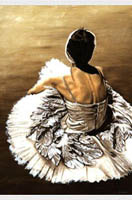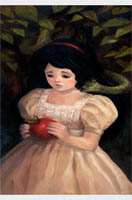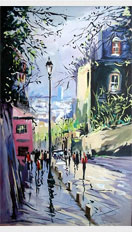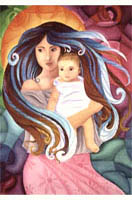Oil painting -> List of Painters -> Samuel Finley Breese Morse
Samuel Finley Breese Morse
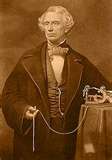 |
Early Days: |
Career:
Morse's Calvinist beliefs are evident in his painting the Landing of the Pilgrims, through the depiction of simple clothing as well as the austere facial features. This image captured the psychology of the Federalists; Calvinists from England brought to the United States ideas of religion and government thus forever linking the two countries. More importantly, this particular work attracted the attention of the famous artist, Washington Allston. Allston wanted Morse to accompany him to England to meet the artist Benjamin West. An agreement for a three-year stay was made with Jedidiah, and young Morse set sail with Allston aboard the Lydia on July 15, 1811 (1).
|
Upon his arrival in England, Morse diligently worked to perfect painting techniques under Allston's watchful eye; by the end of 1811, he gained admittance to the Royal Academy. At the Academy, he fell in love with the Neo-classical art of the Renaissance and paid close attention to Michelangelo and Raphael. After observing and practicing life drawing and absorbing its anatomical demands, the young artist successfully produced his masterpiece, the Dying Hercules.




